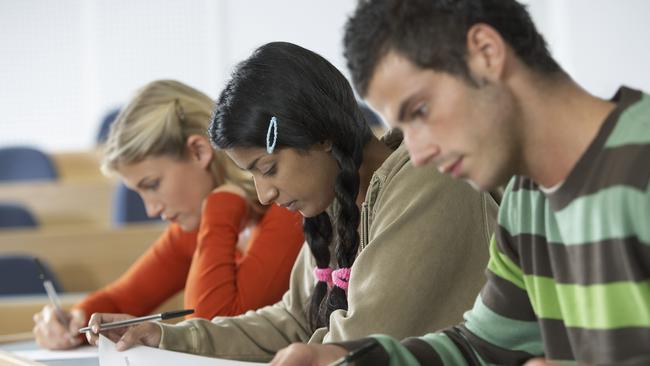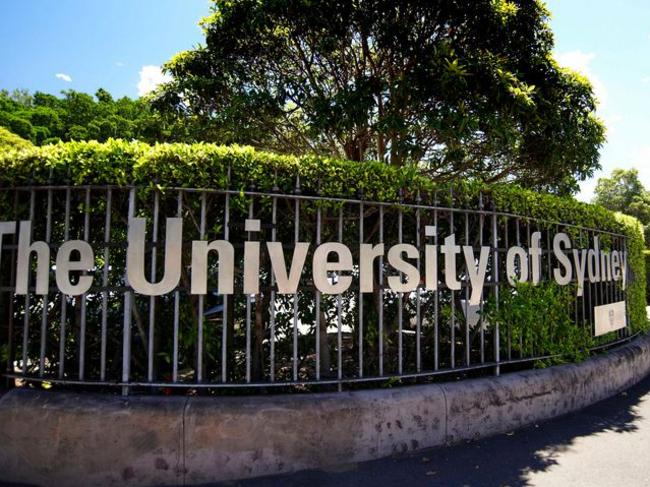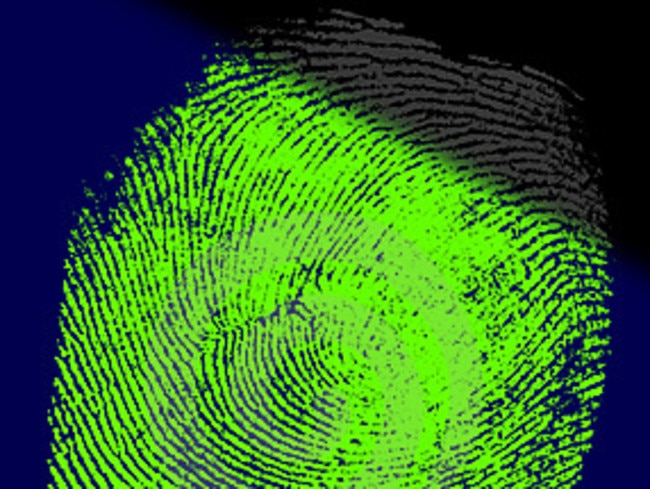University of Sydney report reveals extraordinary lengths students go to cheat
FALSE fingerprints and spy cameras are becoming part of a dodgy student’s study kit as universities struggle to the lengths kids are going to for good grades.

UNIVERSITIES battling a growing cheating problem are up against increasingly sophisticated technology as students desperate for good grades wise up to their safeguards.
Students sending impersonators in to exam halls to complete assessments on their behalf are figuring out ways to hack biometric identification systems brought in to stop the practice.
The use of “fingerprint film”, a workaround that allows students to bypass fingerprint scanners which has been at the centre of international cheating scandals, was among the methods of cheating considered in a report examining the prevention and detection of plagiarism and academic misconduct at the University of Sydney.
The report is the product of a two-month investigation by the university’s special taskforce appointed to tackle the issue of cheating at the institution.
It identified ghostwriting, exam-cheating, and fraudulent medical certificates as some of the greatest areas of concerns.

The report largely focused on “technologically-enabled dishonesty”, citing technological advances making it easier for students to cheat, in more creative ways.
A number of websites allowing students to purchase essays that would pass through plagiarism-detecting software were identified, labelled “paper mills”.
“Ghost writing, where a person who is not the student completes the assignment and the work is then submitted as the students’ own, is an old problem, but new technology has enabled a rapid growth,” the report states.
“The rise of the sharing economy, facilitated by the internet, has provided both easy access to strangers willing to complete student assignments for pay, and has dropped the price for such services, as accessing workers in developing economies is made easier.”
Exam cheating was also seen to be made easier by the internet and personal devices.
“Social media facilitates students disseminating stolen exam papers or questions rapidly, and there have been several recent cases of this across the University,” the taskforce found.
“Computer security breaches where exams can be stolen are also not uncommon, and any exam that is not changed constantly should be assumed to be in the public domain.”
Most concerning was the note of an increase in students using impersonators to complete exams. It was noted while biometric identifications forms can be used “there are also ways to cheat these already in common use”.

A major exam scandal in China recently uncovered the use of miniature hidden earphones and cameras allowing students to receive a live audio feed of test answers, as well as glasses featuring hidden cameras sending shots of test papers, and clothing wired up to transmit radio signals. Chinese students were also found to use fingerprint masks so impersonators could take their tests.
Drones have since been deployed in to Chinese university halls to try and intercept radio transmission, Quartz reports.
The University of Sydney’s report didn’t note anything quiet so extreme, but said the taskforce had gathered evidence of students using miniature cameras to copy exam papers for distribution to other students.
While the investigating committee noted difficulties in tackling technologically-enabled dishonesty, it also recommended “low-tech solutions” such as randomised seating in lecture rooms and staff attending exams to “determine for themselves that their students are present and weed out impersonators.



